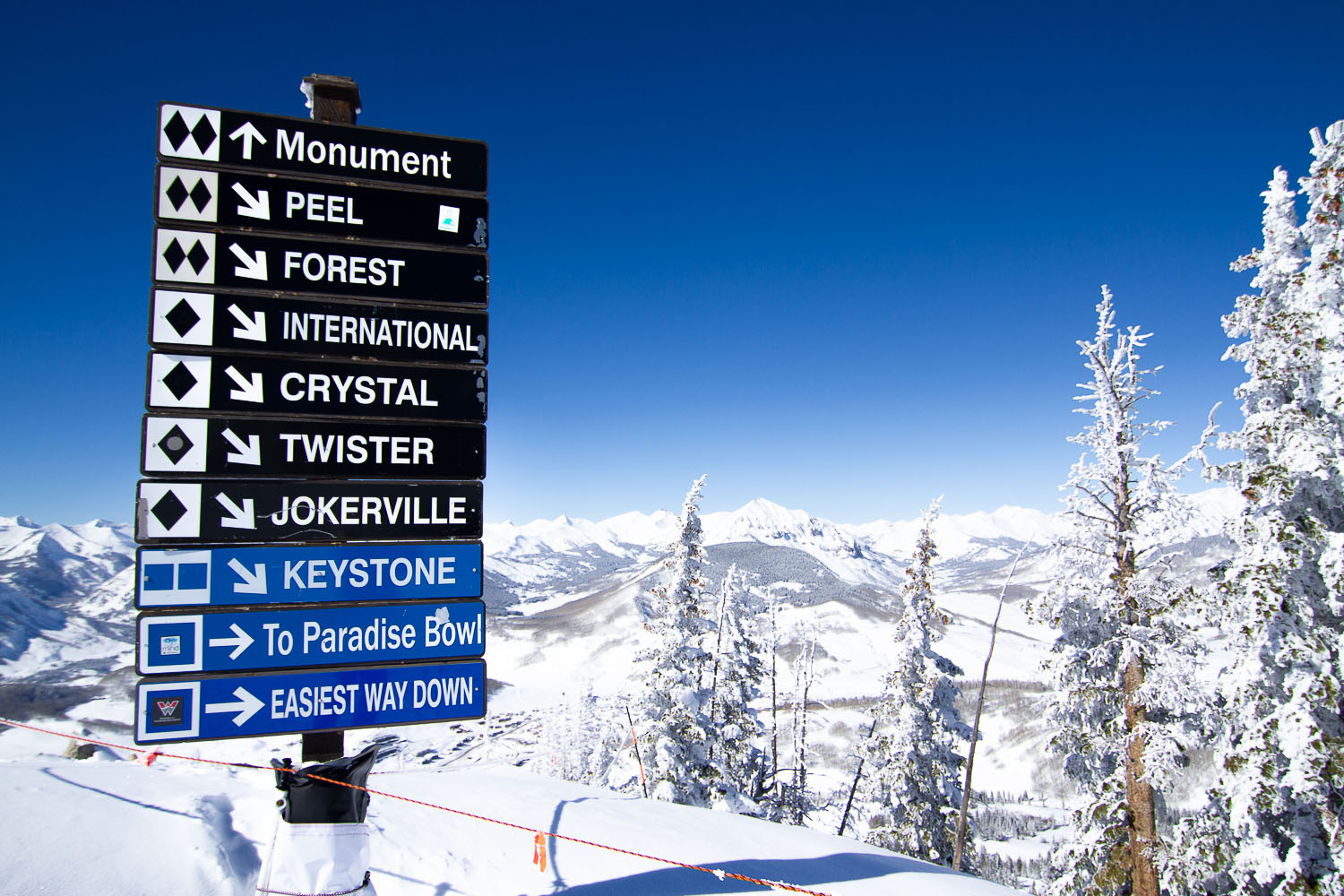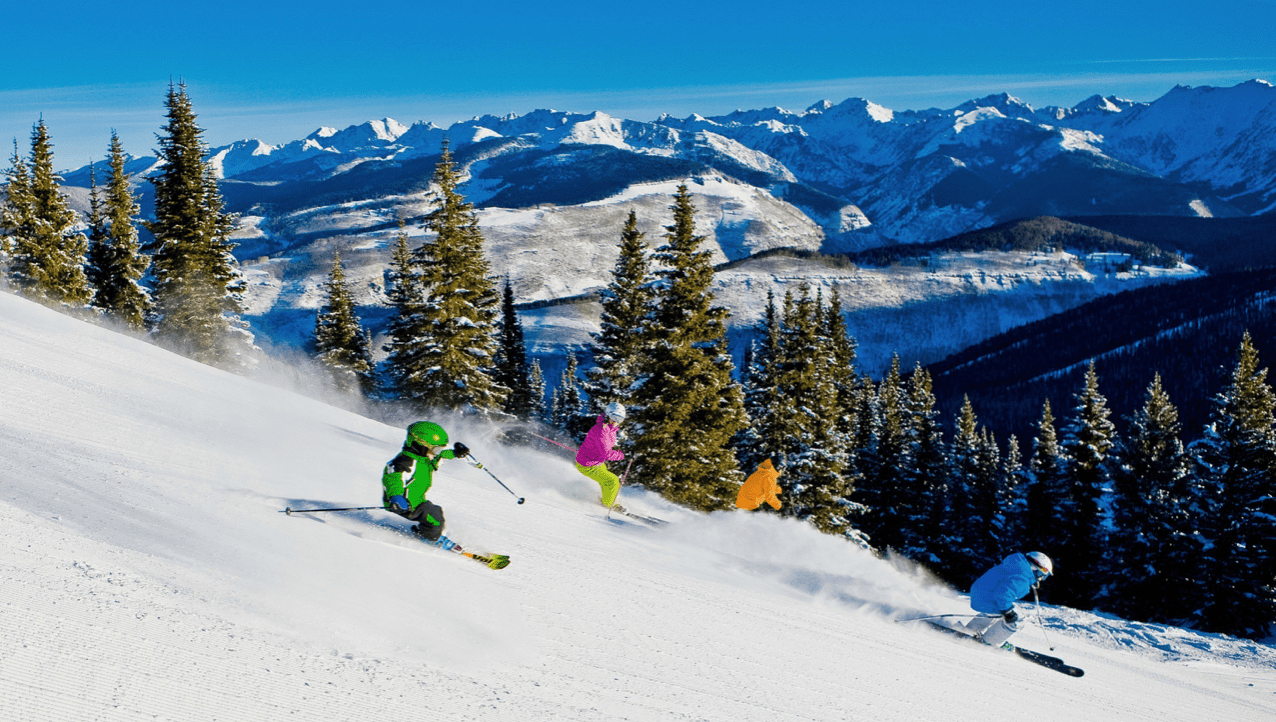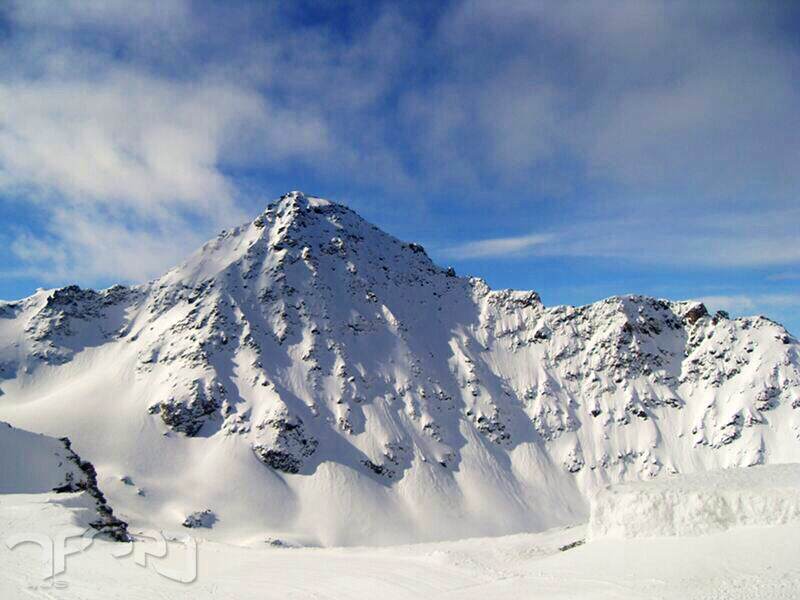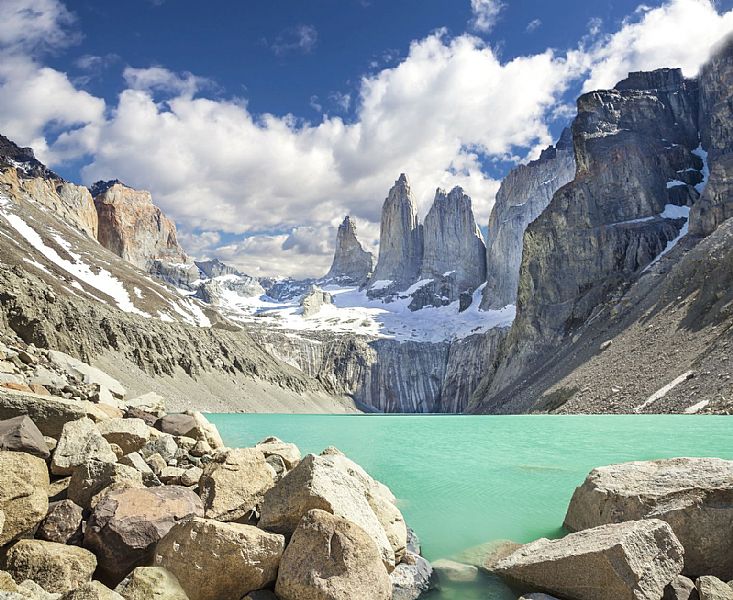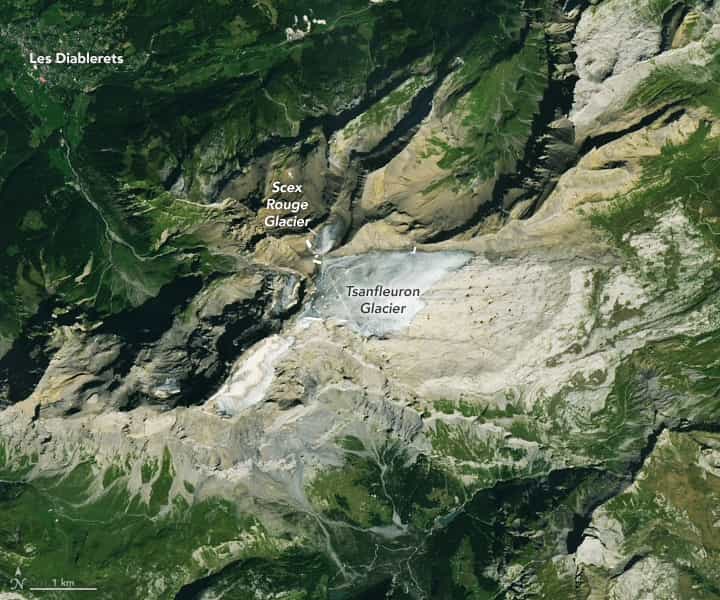
In 2022, glaciers in the Swiss Alps melted more than any other year on record. It was the latest downturn for the country’s glaciers, which have lost more than half of their volume of ice since the 1930s.
This pair of natural-color images show the changes to a glaciated area in western Switzerland in just over two decades. The top image was acquired on August 25, 2022, with the Operational Land Imager-2 (OLI-2) on Landsat 9. For comparison, the image below shows the same area on August 15, 2021, acquired with the Enhanced Thematic Mapper Plus (ETM+) on Landsat 7.
- Related: ‘Year-Round’ Swiss Ski Resort Zermatt Closes Due to Extremely Warm Temperatures and Rapid Snowmelt
The images feature the Tsanfleuron and Scex Rouge glaciers, located in the Diablerets mountain group. The glaciers rest on different sides of a mountain slope, but they have long been connected at Tsanfleuron pass. According to Matthias Huss, director of the Swiss Glacier Monitoring Network (GLAMOS), melting during summer 2022 exposed a rocky path between the two glaciers at Tsanfleuron pass for the first time in several thousand years.
The pass is located near the highest point of the two glaciers, in an area where snowfall has historically accumulated. The snow eventually turns into a compressed porous layer, known as “firn,” which in turn becomes glacial ice. “In a healthy state, the pass should remain snow-covered all year,” Huss said. But in recent decades, winter snow has disappeared in summer, allowing the firn and ice to melt. The record losses in 2022 finally exposed the bare ground between the glaciers.
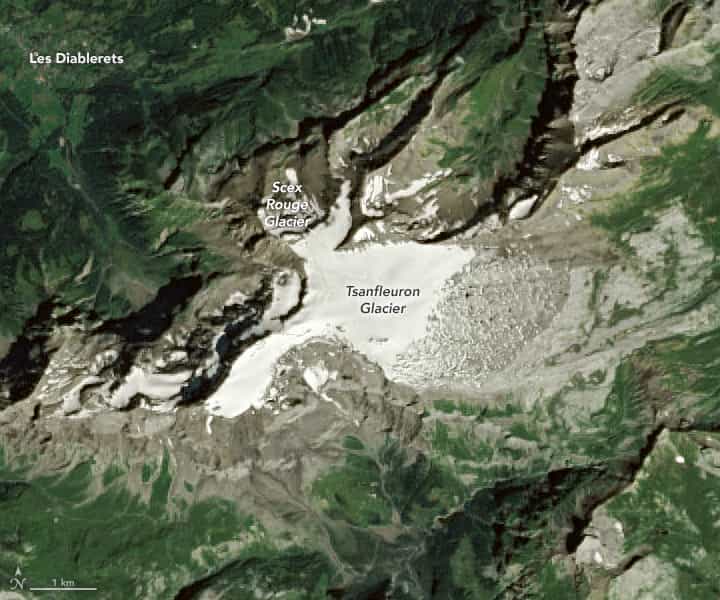
The melting season for Switzerland’s snow and ice typically starts in May and ends in early October. Melting in 2022 caused the Tsanfleuron and Scex Rouge glaciers to thin by an average of 4 meters (13 feet)—about triple the average amount of thinning observed at Swiss glaciers in the past decade, according to Huss. GLAMOS data show that across Switzerland in 2022, glaciers lost about 6 percent of their remaining volume—exceeding the previous record in 2003 when losses were almost 4 percent.
One reason for the significant amount of melting in 2022 was the small amount of snowfall in winter. The snow melted quickly, sped up in spring by the warming effect of dust from the Sahara Desert falling on the snow. By early summer, the glaciers had lost their protective blanket of snow, leaving them vulnerable to the summer heat.
Despite the summer heat, melting stopped relatively early this year. “Already from mid-September onwards there was a bit of fresh snow every week,” Huss said. “This does not change anything regarding the incredible losses of 2022, but at least they are not going on at the moment.”
This post first appeared on NASA Earth Observatory. NASA Earth Observatory images by Lauren Dauphin, using Landsat data from the U.S. Geological Survey. Story by Kathryn Hansen.

